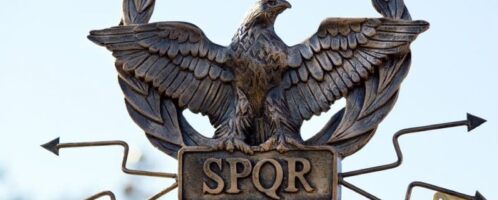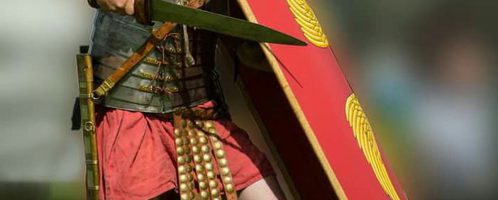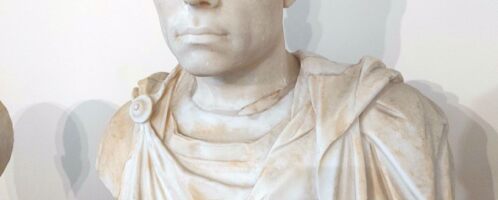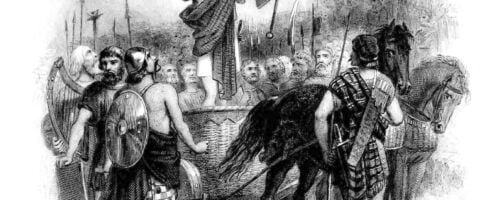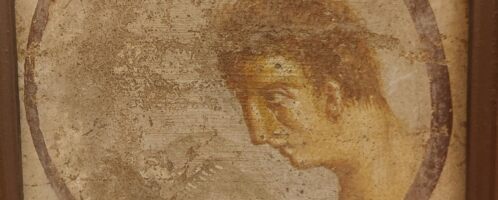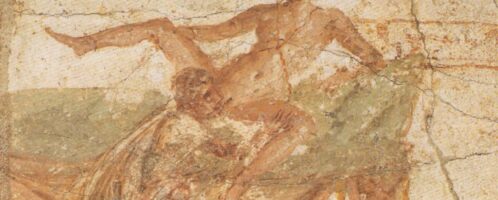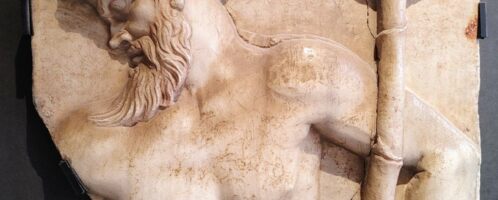If you have found a spelling error, please, notify us by selecting that text and pressing Ctrl+Enter.
Curiosities of ancient Rome
The world of ancient Romans abounded in a number of amazing curiosities and information. The source of knowledge about the life of the Romans are mainly works left to us by ancient writers or discoveries. The Romans left behind a lot of strange information and facts that are sometimes hard to believe.
Roman boiler in shape of defensive walls
Roman boiler, in the shape of defensive walls, used to heat water. Object dated to the 1st century CE. The artifact is in the National Archaeological Museum in Naples.
Investment in equipment
During the principate period, at least until the late 2nd century CE, new legionaries generally “bought” equipment from the army – they were given things from the legionary resource, and their cost was deducted from soldiers’ payments.
Calgacus the Caledonian
Calgacus was the first Caledonian (inhabitant of present-day Scotland) mentioned in Roman sources. Tacitus describes him as the leader of the Caledons, a man of self-respect and an excellent orator. He had red hair and a powerful build. His name in the Celtic language meant “having a sword”.
Sex is good for everything
Pliny the Elder, Roman historian and writer of the 1st century CE, became famous for his work “Natural History” (Naturalis historia). In his work, he presents universal methods of dealing with ailments. According to Pliny the Elder, for example, sexual intercourse is a good remedy for lower back pain, poor eyesight and depression.
Round or square formation
Roman legion (or individual legion units) when defending, when things went too far and the enemy was gaining the upper hand, they adopted defensive formations like orbis – a circle or agmen quadratum – a quadrilateral. Vegetius (4th century CE) also mentions aciesquadrata, i.e. an empty quadrilateral.
Ancient sculpture showing Greek strategist
An ancient sculpture showing a Greek strategist. The marble object was discovered in Herculaneum and is dated to the 1st century CE. It is probably a copy of a Greek original from the 5th century BCE. The artifact is in the National Archaeological Museum in Naples.

